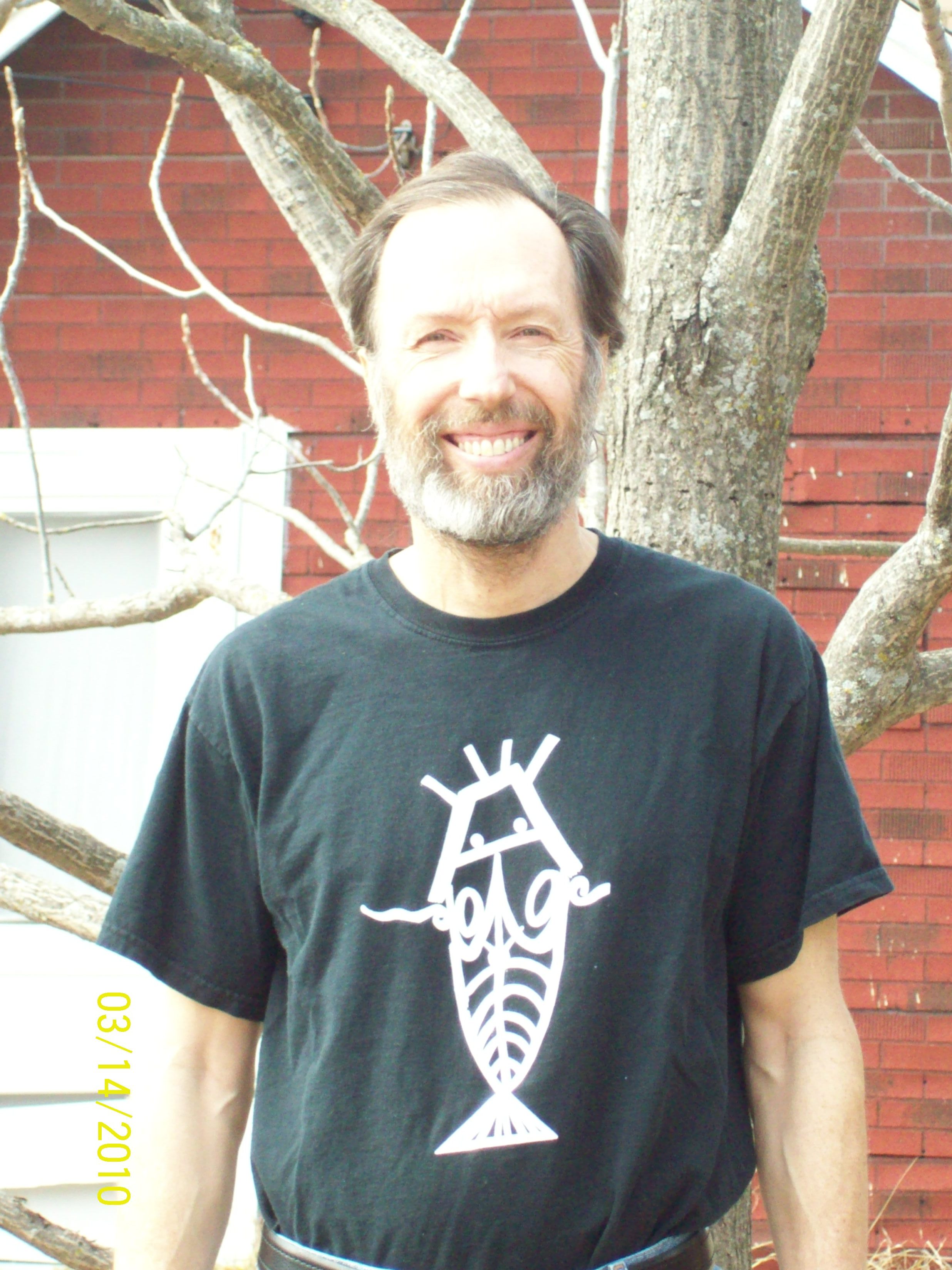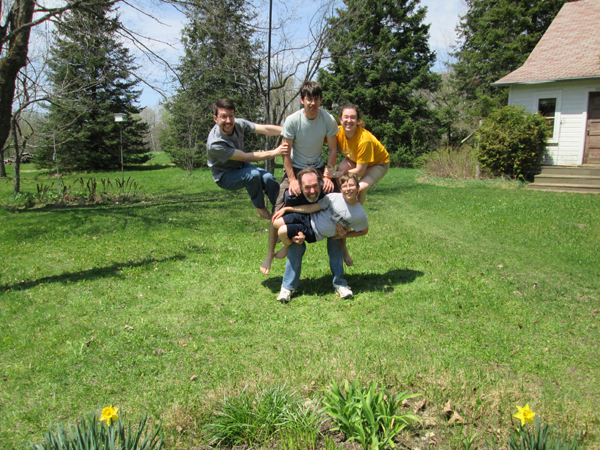John Munter
1972 Bachelor of Arts, Philosophy—University of Minnesota, Duluth
1988 Masters of Divinity, University of Dubuque Theological Seminary
John lives with his wife and four children on an ancestral hobby farm in the North Woods of Northern Minnesota where he makes maple syrup, makes apple juice in the winter and spring from his root cellar apples, and tends his acre of hybrid hazelnuts.
His hobbies include:
- Global climate science and activism
- Anti-aging modalities
- Agro-forestry or ‘woody agriculture’ research
He considers his major life time accomplishments to be:
- Discovering that the Gospel of Thomas is designed with a number of logical protocols or conventions making for an extended conversation for initiates.
- Reconstructing the earliest Christian material in the fragmentary Dialogue of the Savior.
- Discovery the Magdalene Cipher in determining the historical identity of Jesus—see my book. However, the shoulders I stood upon were those of scholar Robert Eisenman whose research into first century identities and use of cloaked personages is foundational.
THE EXPERIENCE of the higher self
May 25th, 2014
 The Nummo Fish
The Nummo Fish
The author wearing his Nummo Fish t-shirt in front of the butternut tree fronting his ancestral log sauna in Northern Minnesota.
The Nummo Fish is an ancient symbol of the Dogon tribe in Mali who are thought to originate as possibly an Egyptian mystery school priesthood. At any rate, they and this symbol very probably pre-date the Egyptian dynasties.
One view of interpreting this design is that conception begins at the tail of the Fish as un-manifest Divinity pulls together thought and creates the seven divisions of the Mother. These could symbolize the seven dimensions of string theory, in fact. The dot in the sixth segment represents the Father working in the Mother—and ‘resting’ on the seventh ‘day’. The seventh segment can represent the Father working through the Mother to create the bifurcated, androgenous Primal Adam—the Son. The squiggles on either side can represent the string of string theory which vibrates different ways and creates all that is. The square or oblong shape on top represents the material world with the two dots representing duality and the working of divinity through duality. The four lines on top represent the four directions, the four elements, and the four quantum forces making up the material world. (1)
1. See Scranton, The Key to Advanced Science in the Ancient Egyptian Hieroglyphs, pp. 100-106 for Scranton’s theoretical construct that involves a wave source at bottom of the tail, a midline prefiguring duality, the “spiked ball” as the point of perception, the twin pools as the “perfect twin pair”, the square head as symbolic of mass, and the four lines as representative of the quantum forces. He
follows this with the Dogon view.
